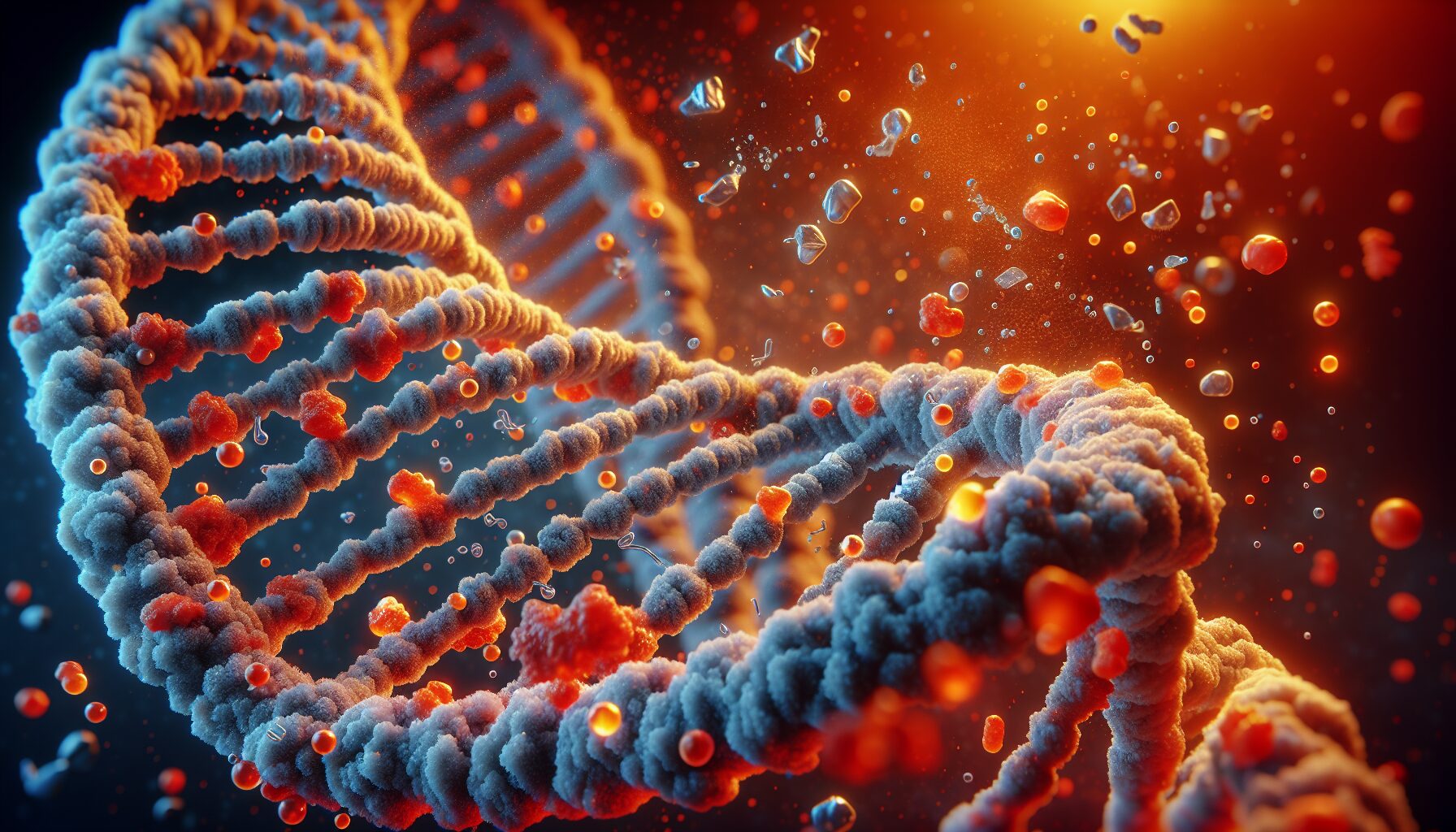
Effects Of Wifi On Male Fertility Highlighted By New Study
Considering the scale of Wifi use and exposure in society, many people are questioning the health effects of wireless technology on their health, including on their fertility. Wifi seems to be getting stronger and stronger, especially in terms of frequency of transmittable radio signal.
There are massive escalations in frequency bands now in society including 5G and 6G HZ signals. Understandably, in the protection of public health, there should be questions about how they are affecting people. Research scientists are becoming increasingly concerned with the effects of exposure to radiofrequency electromagnetic radiation, or radio waves, such as that from Wifi use.
Sometimes research takes years to form a conclusion as to the effects of things on the body, as we have seen with the effects of smoking on the body. It took a long time for the association of smoking to be made with cancer. In not so recent years, there were lawsuits from second-hand smoking.
One recent study has looked into how exposure to Wifi effects sperm count and also the ability to recover from this exposure. There are also similar studies looking at the effects of Wifi to compare this study with. Let’s look at what the results of this study are and the potential consequences on our health.

How Wifi Could Effect Your Body
The most used Wifi frequency worldwide is 2.45 GHZ and this frequency was tested in this study for its effects on the male reproductive system. There are of course higher frequencies of Wifi signal. All this means is, in terms of data sending, data is being sent more frequently. Other studies have identified that higher levels of oxidative stress could be an issue with the use of Wifi.
The body can find itself under oxidative stress in different tissues, including in the male reproductive system. Of course, this can have consequences for male reproduction. One effect of oxidative stress in body tissues is called lipid peroxidation. This effects fatty acids in the body, which form a core part of cell membranes.
Peroxidative effects on polyunsaturated fatty acids can have various consequences. The products of this oxidative stress can produce mutagenic compounds that can cause changes to your DNA. Essentially, these compounds can result in the formation of high energy free radicals, causing DNA changes. These changes can ultimately lead to cancer causing events in the body.
Free radicals are also major causes of inflammation within the body. Chronic exposure to inflammation and oxidative stress can also cause cancer, making it of higher importance to consider the public health effects of Wifi exposure. These are the main systemic means as to how Wifi can affect the body, bodily tissues and cells.

Potential Effects Of Wifi On The Male Reproductive System
This study focused on looking at the duration of Wifi exposure and its effects on sperm. The testes and sperm are lined with polyunsaturated fatty acids. These membranes can become disrupted by heightened oxidative stress, especially from lipid peroxidation.
The study detected the levels of lipid peroxidation from specific molecules with and without exposure to Wifi. They also measured the effects of Wifi on sperm count, sperm viability and movement.
They found a very significant difference between the groups that were exposed to Wifi radiation compared to the groups that weren’t. Exposure to Wifi caused a drop in the measured sperm count, viability and movement. Exposures of about four hours were enough to cause measurable and significant differences in sperm quality. After this level of exposure, there was an attenuated effect up to 24 hours. This indicates that the body responds to radio wave exposure, however exposure reduced sperm quality. This is a key finding from this study. As is the indication that there is a potential threshold where exposure becomes more damaging, with the body then trying to recover from exposure.
Microscopic examination of sperm tissue also indicated that there were increased abnormalities in testicular tissue with longer exposure to Wifi. The microscope investigation is very important to further confirm any changes to overall physiology.
Heightened levels of oxidative stress biomarkers inside the testis were detected in the groups with prolonged exposure to Wifi. This was seen to correlate with the reduction in sperm quality. Their thoughts are that fatty acid peroxidation within sperm cells, from Wifi radiation, leads to a reduction in sperm quality. These results suggest that prolonged exposure to Wifi has detrimental effects to the male reproductive system.
Other Studies On The Effects Of WIFI On Male Fertility And Reproduction
Other studies have also come to the same conclusions. They have also found that Wifi radiation could have detrimental effects on reproductive health. Studies have concluded that prolonged and continued exposure to the 2.45G Wifi frequency has worsening impacts on male reproductive health. This is also backed by microscope studies looking into the actual testis tissue structure. One study found that the production of sperm would be compromised given the structure of some of the testis. The specific sperm qualities that have been looked at by some of these studies are sperm cell life signs or viability and movement.
This is thought to be because of higher oxidative stress or lipid peroxidation in the testes. Other studies have also found that higher or prolonged exposure to Wifi radiation results in higher levels of oxidative stress in the testis, matching the conclusions here. Overall, these studies also suggest that prolonged exposure to Wifi has detrimental effects to the male reproductive system.

Summary
Considering how important Wifi is in society, it natural to question the effects that prolonged exposure may have on the body. One of these health consequences, of increasing concern to researchers, is the effect of Wifi on male fertility.
One new study has added to the evidence that prolonged Wifi exposure has concerning and detrimental effects on male fertility. They found that exposure to Wifi caused a drop in the measured sperm count, viability and movement. Heightened levels of oxidative stress biomarkers inside the testis were detected in the groups with prolonged exposure to Wifi. This was seen to correlate with the reduction in sperm quality seen with Wifi exposure.
A causative effect here between Wifi radio waves and reductions in sperm quality has been established through oxidative stress in the testis. Research suggests that the oxidative effects of wifi radiation on fatty acid structures, or lipid peroxidation, causes free radicals to be made within the testis. These events have consequences for male reproductive health and sperm quality. Oxidative stress can have health consequences other than reproductive issues. These include free radical mediated cancer-causing events.
These results suggest that prolonged exposure to Wifi has detrimental effects to the male reproductive system. The findings here are very much corroborated with the findings from similar studies on the effects of Wifi on male reproductive health.
Wifi seems to be getting stronger and stronger, especially in terms of frequency of transmittable radio signal. This should cause alarm given the speed of movement in transmission frequency from the 2.45Ghz used in this study, to the 5G and 6G HZ signals being introduced.
For more interesting articles, navigate to the main articles page below.





